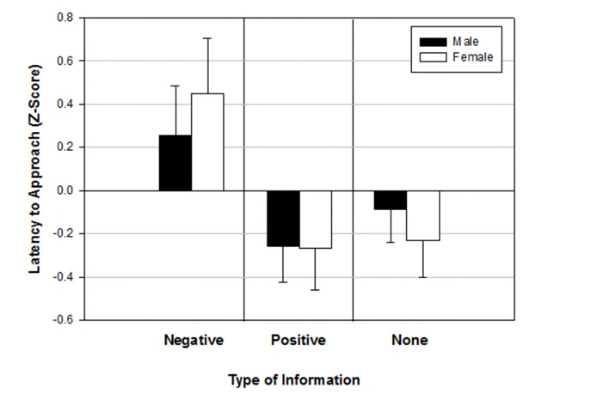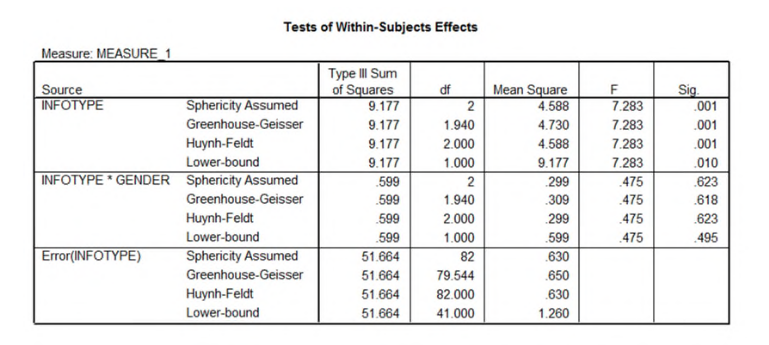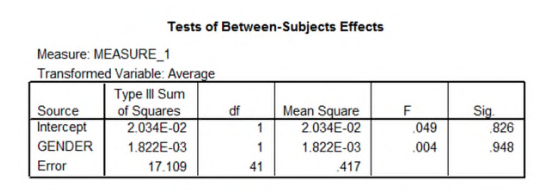Field and Lawson (2003) reported the effects of giving children aged 7-9 positive, negative or no information about novel animals (Australian marsupials) . This variable was called 'Infotype'. The gender of the child was also examined. The outcome was the time taken for the children to put their hand in a box in which they believed either the positive, negative, or no information animal was housed (positive values = longer than average approach times, negative values = shorter than average approach times) . Based on the output below, what could you conclude? (See Field, A. P., & Lawson, J. (2003) . Fear information and the development of fears during childhood: effects on implicit fear responses and behavioural avoidance. Behaviour Research and Therapy, 41, 1277-1293.) 


Definitions:
Proprietorships
A business structure where a single individual owns and runs the business, bearing unlimited liability for its debts and obligations.
Partnerships
A business organization legally constituted by multiple individuals who jointly manage the enterprise and share in its profits.
Corporations
Legal entities that are separate from their owners, capable of owning assets, incurring liabilities, and being taxed; they raise capital through issuing stock.
Standard-Setting Environment
The framework and processes through which authoritative accounting principles and standards are developed and implemented.
Q1: In logistic regression, the dependent variable is
Q2: A researcher was assessing patient healing time
Q5: Based on the chi-square value calculated and
Q11: What is not an advantage of repeated-measures
Q13: A study undertaken by an unknown author
Q14: Your CEO has followed your advice and
Q14: When might the independent t-test be used?<br>A)
Q16: Which of the following is not representative
Q20: Imagine we took a group of smokers,
Q22: Suppose you wished to investigate the force